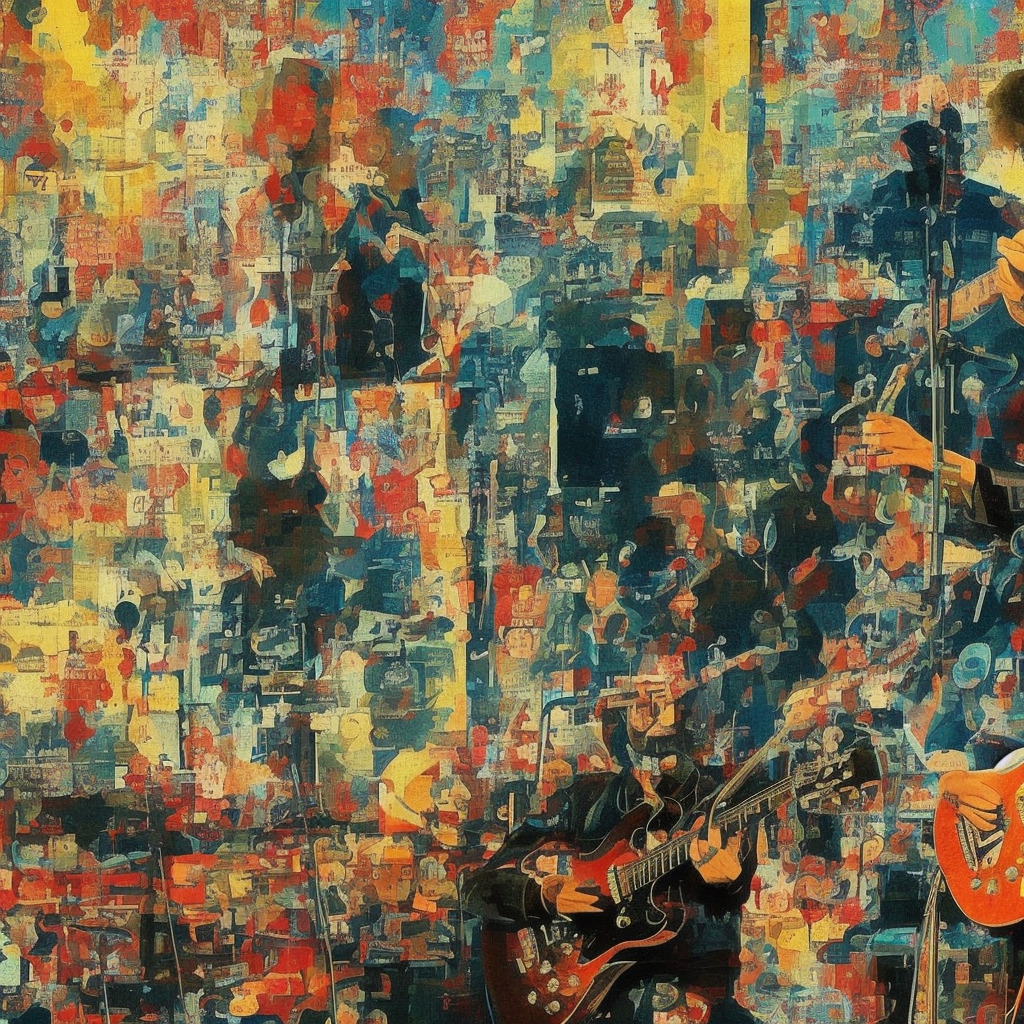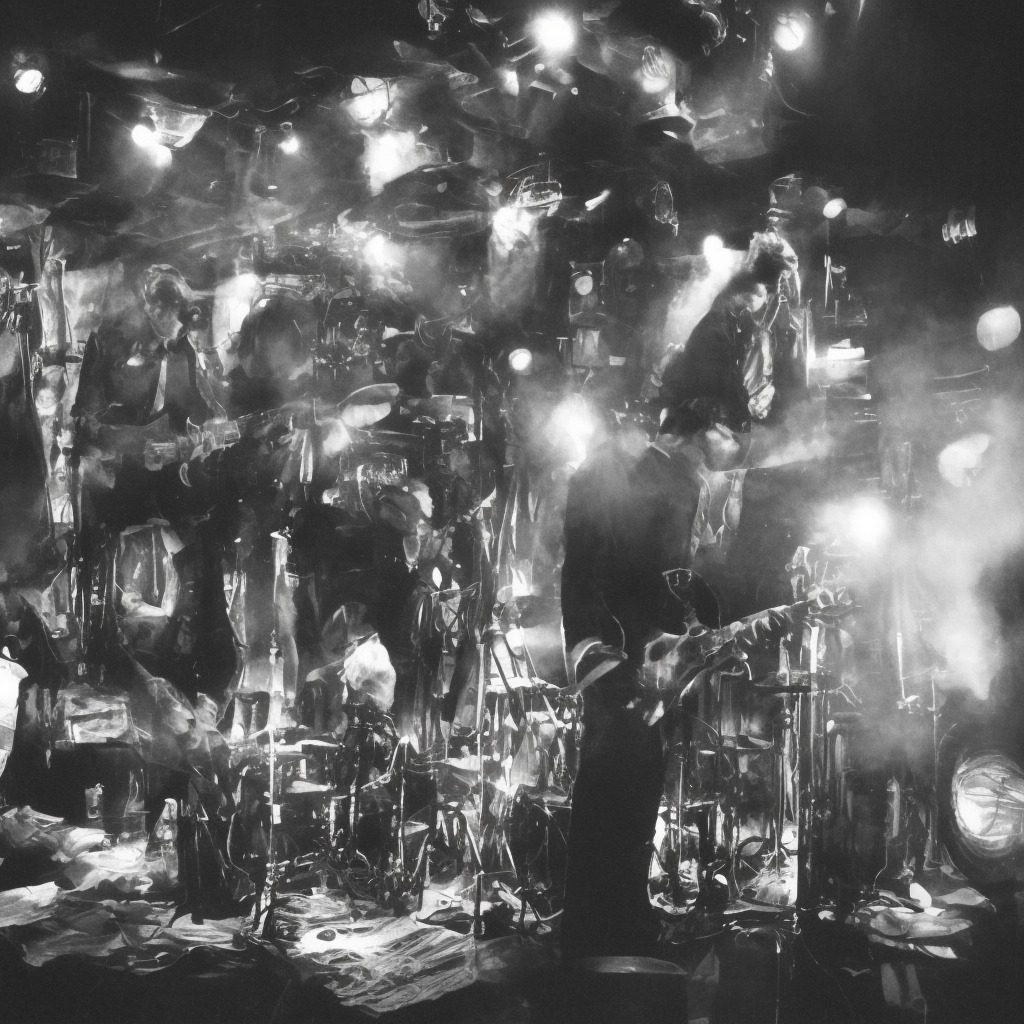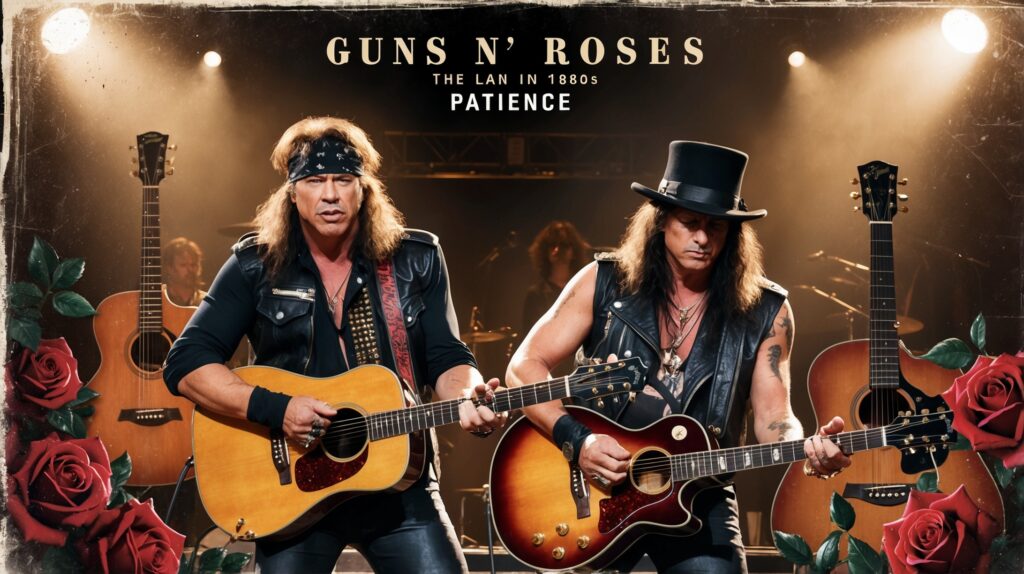? #DidYouKnow Eric Clapton’s “Change the World” was actually penned for a movie soundtrack??️ Feel the magic of this ’96 gem that still resonates today!✨ Clapton’s artistry knows no bounds!? #EricClapton #ChangeTheWorld #MusicTrivia #90sNostalgia Read about it: tinyurl.com/j2vczvz6
Eric Clapton’s Timeless Influence
“Eric Clapton: A Living Legend’s Timeless Mastery of Blues & Rock, Resonating with Generations Through Soulful Melodies & World-Changing Riffs”
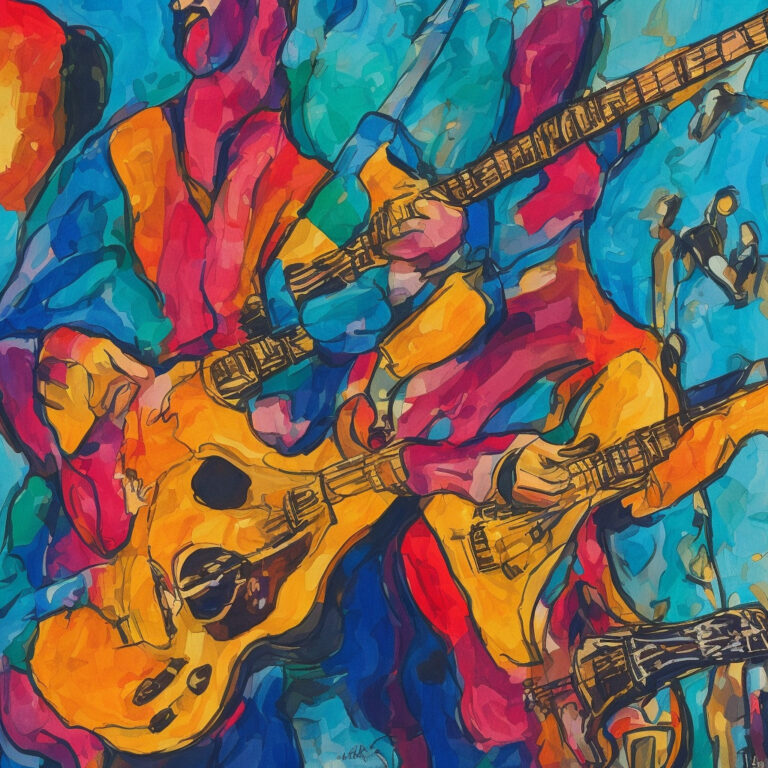
Eric Clapton, one of the most iconic and influential guitarists in rock history, has had a career spanning more than five decades. Throughout his tenure, he has graced the world with his exceptional talent and unique style, which have made him a living legend in the music industry. Clapton has played with several famous bands, such as The Yardbirds, Cream, and Derek and the Dominos, before embarking on an enduring solo career in the 1970s. Known for his mastery of the blues and rock genres, Eric Clapton is synonymous with the guitar and has been inducted into the Rock and Roll Hall of Fame a record three times.
One of Clapton’s most revered tracks, “Change the World,” showcases the artist’s ability to blend different musical styles and create a timeless masterpiece. Released in 1996, the song was part of the soundtrack for the movie “Phenomenon,” starring John Travolta. “Change the World” quickly gained critical acclaim and tremendous commercial success, reaching the top 10 in various international music charts.
The song, co-written by Tommy Sims, Gordon Kennedy, and Wayne Kirkpatrick, offers a fusion of pop, rock, and R&B with a touch of Clapton’s bluesy roots. Clapton’s soulful, heartfelt vocals and electrifying guitar riffs breathe life into the poignant lyrics, which express the artist’s desire to make the world a better place through love and understanding.
“Change the World” is a testament to Eric Clapton’s ability to adapt and resonate with music lovers across generations. The song received several awards, including a Grammy Award for Record of the Year, Song of the Year, and Best Male Pop Vocal Performance. The song also earned Clapton a Billboard Music Award for Adult Contemporary Single of the Year.
While there have been some criticisms of Eric Clapton’s personal life and actions outside of music, it’s hard to deny the impact he has had on the industry. His perseverance, musicianship, and ability to stay relevant through the years have made him a true icon. “Change the World” serves as a prime example of Clapton’s timeless influence, captivating listeners across generations and proving that he is a force to be reckoned with in the realm of music.
Charting the Journey of a Timeless Classic
Eric Clapton’s “Change the World” conquered charts and hearts, showcasing timeless appeal and the power of music to transcend boundaries.

“Change the World” by Eric Clapton was released on June 25, 1996. Despite being a single from the soundtrack of the movie “Phenomenon”, it didn’t take long for the song to create a massive impact on music charts across the globe. Clapton’s bluesy, heartfelt guitar work and soulful vocals resonated with listeners, propelling the tune to heights that few soundtrack singles achieve.
Initially, “Change the World” debuted at No. 90 on the US Billboard Hot 100 chart. However, the song quickly gained traction and climbed the charts, peaking at an impressive No. 5 position. This marked a significant achievement for Clapton, considering this was an era dominated by pop, R&B, and hip-hop acts.
The song also dominated the Adult Contemporary chart, where it held the No. 1 spot for an astounding 13 consecutive weeks. This incredible feat only emphasizes the lasting appeal of “Change the World,” transcending trends and genres to find a solid foothold in the hearts of listeners.
Apart from its success in the United States, “Change the World” made waves around the world as well. It reached the top 40 in several other countries, including Canada, where it peaked at No. 2 on the RPM Top Singles chart. It also found chart success in the United Kingdom, Australia, and New Zealand, showcasing its global appeal.
Adding to the song’s accolades, “Change the World” won three prestigious Grammy Awards in 1997. It took home the awards for Record of the Year, Best Male Pop Vocal Performance, and Best Pop Collaboration with Vocals, further solidifying its status as a timeless classic.
In the years since its release, “Change the World” has been covered by numerous artists and has continued to garner radio play, ensuring its lasting legacy in the annals of music history. With its chart success, awards, and enduring popularity, “Change the World” serves as a shining example of the power of music to transcend boundaries and connect with audiences on a profound level.
Delving into the Lyrics of a Timeless Classic
Pull one down for you,
Shine it on my heart,
So you could see the truth,
That this love I have inside,
Is everything it seems.
But for now I find,
It’s only in my dreams.
And I can change the world,
I will be the sunlight in your universe.
You would think my love was really something good,
Baby, if I could change the world.
If I could be king,
Even for a day,
I’d take you as my queen,
I’d have it no other way.
And our love would rule,
In this kingdom we have made.
Till then I’d be a fool,
Wishing for the day.
That I can change the world,
I would be the sunlight in your universe.
You would think my love was really something good,
Baby, if I could change the world.
Baby, if I could change the world.
I could change the world,
I would be the sunlight in your universe.
You would think my love was really something good,
Baby, if I could change the world.
Baby, if I could change the world.
Baby, if I could change the world.
Eric Clapton’s “Change the World” is a song that paints a picture of love, hope, and the desire to make a difference. Written by Gordon Kennedy, Wayne Kirkpatrick, and Tommy Sims, this song was released in 1996, a time when the world was also undergoing significant changes. The end of the Cold War, the emergence of new technology, and the rise of globalization brought a mix of hope and uncertainty to society.
The lyrics express the protagonist’s longing to make the world a better place for their love, reflecting a sentiment that many people shared during the 1990s. There was a collective desire to improve the world and make it a more loving and tolerant place. The song’s protagonist dreams of reaching the stars and becoming king, even for just a day, to create a utopia where their love could thrive. This romantic idealism is juxtaposed with the harsh reality that, for now, their dreams remain unfulfilled.
As the song’s refrain repeats the lines “I could change the world, I would be the sunlight in your universe,” it captures the essence of an individual’s power to impact the world positively. Clapton’s soulful and earnest voice resonates with the listener, conveying a feeling of genuine emotion and vulnerability. The ability to change the world may seem far-fetched, yet the song embodies the undying spirit of hope and the belief that love has transformative power.
Despite the passage of time, the themes of “Change the World” remain relevant today. With ongoing global issues such as climate change, inequality, and political divisions, the song’s message of hope and the power of love to create a better world continue to resonate with listeners. The timeless lyrics remind us of the potential we all have to make a positive difference in the lives of those around us, whether through grand gestures or small acts of kindness.
A Visual Journey Through “Change the World”
Dive into the timeless essence of Clapton’s “Change the World” with its intimate, raw visuals and heartfelt message transcending generations.
The music video for Eric Clapton’s “Change the World” may not be the most extravagant or visually striking video out there, but it certainly carries its weight in terms of providing a simple, yet effective visual representation of the song’s heartfelt message. Directed by Andy Morahan, known for his work on George Michael’s “Faith” and Guns N’ Roses’ “November Rain,” the video is a subdued and artistic approach to Clapton’s 1996 hit.
Shot in Black and White, the video features Clapton performing the song on his guitar while seated on a stool, surrounded by a room full of vintage equipment and various instruments. This setup not only highlights Clapton’s legendary guitar skills but also provides an intimate and raw atmosphere that perfectly complements the song’s theme of love and personal transformation. The song’s melody and lyrics are undeniably the focus, allowing the viewer to fully experience the message Clapton is conveying.
While specific details about the production budget are not widely available, it’s clear that the video’s simplistic approach does not require an excessive amount of resources. The focus on Clapton’s performance and his surroundings creates an intimate atmosphere that allows viewers to appreciate the craftsmanship that went into the making of the song itself, instead of being distracted by flashy visuals or elaborate set designs.
In addition to the official video, numerous fan interpretations and tributes have surfaced on platforms like YouTube over the years. These videos range from simple lyric videos to more elaborate covers and visual reinterpretations, showcasing the impact “Change the World” has had on music lovers across generations. The song’s timeless message and captivating melody continue to resonate with audiences, inspiring creativity and appreciation for Clapton’s undeniable talent.
Overall, the music video for “Change the World” may not boast the most cutting-edge visuals or complex narrative, but its simplicity and focus on the song’s core message make it a memorable and effective companion to Clapton’s timeless hit. Its understated elegance and intimate portrayal of the artist at work serve as a testament to the power of music and its ability to convey emotions that transcend time and space, speaking directly to the hearts of listeners everywhere.
The Musical Mastermind Behind “Change the World”
When it comes to the breathtaking composition of “Change the World” by Eric Clapton, credit is due to the brilliant minds of composers Tommy Sims, Gordon Kennedy, and Wayne Kirkpatrick. These talented artists have been instrumental in shaping the music industry with their individual and collaborative contributions. Gordon Kennedy, in particular, has a rich and diverse musical history. With a career spanning over three decades, he has worked with legendary artists such as Garth Brooks, Peter Frampton, and Bonnie Raitt. His composition “You Move Me” for Garth Brooks’ hit album “Sevens” gained critical acclaim and commercial success. Wayne Kirkpatrick, an award-winning songwriter, has penned numerous hits including “Every Heartbeat” and “Good for Me” for Amy Grant. Tommy Sims, the third composer, has an impressive resume as well; he co-wrote the Grammy-winning song “The Way It Is” for Bruce Hornsby and the Range, and has produced for music icons like Michael McDonald and Bonnie Raitt. Together, these composers crafted a gem with “Change the World,” leaving an indelible mark on the musical landscape.
Award-Winning Acclaim and Impact on Popular Culture
“Clapton’s Grammy-sweeping ‘Change the World’ transcends generations with its emotive lyrics and timeless appeal, solidifying its status as a cultural mainstay and enduring classic.”
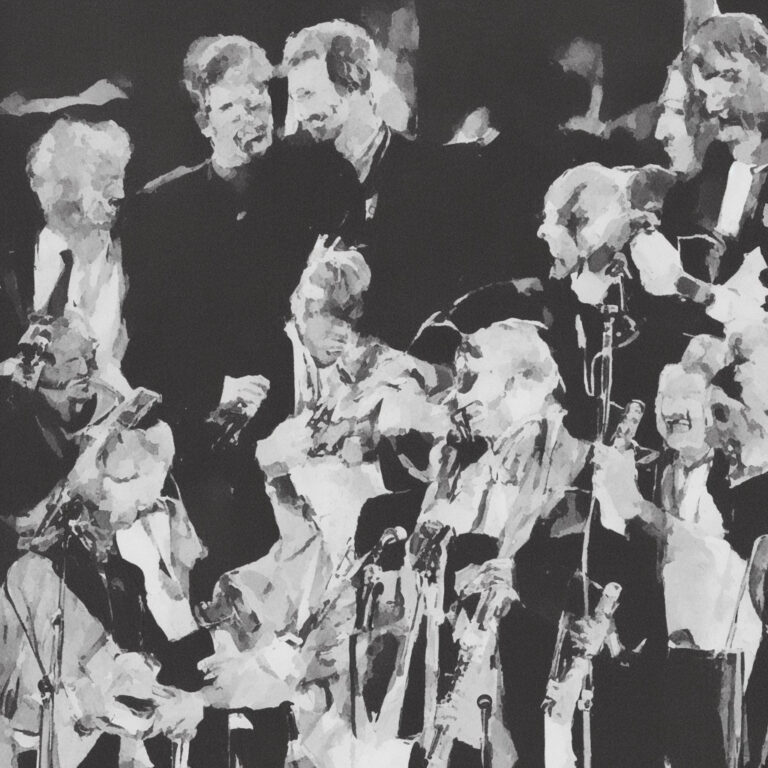
“Change the World” has left an indelible mark on the music industry, receiving numerous awards and accolades since its release. The outstanding collaboration between Eric Clapton, Babyface, and an array of talented producers and musicians helped propel the song to the pinnacle of success. It garnered three Grammy Awards in 1997, including Record of the Year, Song of the Year, and Best Male Pop Vocal Performance. These prestigious honors further solidify the song’s lasting impact and showcase its exceptional artistry.
Beyond the recognitions, “Change the World” became a mainstay in popular culture. Its movie debut in the 1996 film “Phenomenon,” starring John Travolta, elevated its appeal and made it an instant hit. The song’s emotive lyrics and soulful melody resonated with audiences, making it an unforgettable addition to the film’s soundtrack. This association with the movie undoubtedly contributed to the track’s popularity and its place in the annals of music history.
The song’s memorable melody and profound message have also led to its appearance in various TV shows and video games. For instance, “Change the World” has been featured in episodes of popular shows like “Cold Case” and “Scrubs,” as well as the rhythm game “Rocksmith 2014.” The song’s integration into these diverse forms of media demonstrates its timeless appeal and versatility.
Over the years, “Change the World” has inspired several talented artists to adapt and reimagine the song through cover versions. Notable renditions include performances by Wynonna Judd, who put her own country twist on the track, and Grammy-winning saxophonist Kenny G, who delivered a melodious instrumental take. These covers not only pay homage to the original masterpiece but also help to further immortalize the song’s impact on the music world.
In conclusion, Eric Clapton’s “Change the World” has continued to captivate listeners with its powerful message and soul-stirring composition. The song’s award-winning success, coupled with its influence on popular culture, cements its status as an enduring classic that transcends generations.
Dissecting the Musicality
Delving into the musical structure of “Change the World,” we find a captivating blend of elements that showcases Eric Clapton’s talent as a songwriter and musician. The song is written in the key of E Major, which is particularly fitting for a song with such an uplifting message, as E Major often carries a bright and optimistic tone.
The chord progression throughout the verses follows a I-IV-V-IV pattern (E-A-B-A), which is a classic progression often found in blues and rock music. This progression gives the song a familiar and comfortable feel that listeners can easily connect with. The chorus, on the other hand, switches it up with a vi-iii-IV-V (C#m-G#m-A-B) progression, offering a slight contrast to the verses and adding a touch of complexity to the overall composition.
“Change the World” maintains a moderate tempo of 98 BPM (beats per minute), which contributes to its laid-back, easygoing vibe. This tempo allows the listener to fully absorb the lyrics and Clapton’s emotive vocal performance, while also providing a steady groove that keeps the listener engaged.
Instrumentally, the song is driven by a combination of acoustic guitar, electric guitar, bass, and drums. Clapton’s acoustic guitar playing provides a solid rhythmic foundation, while his electric guitar work adds tasteful, soulful embellishments throughout the track. The bass and drums work together seamlessly to create a tight rhythm section that supports the song’s melody and harmony.
As for the song’s arrangement, it is worth noting the effective use of dynamics and layering. The verses feature a more stripped-down instrumentation, with the focus primarily on Clapton’s voice and acoustic guitar. As the chorus kicks in, the electric guitar, bass, and drums join the mix, elevating the energy and intensity of the song. This ebb and flow between the verses and chorus helps to create a dynamic listening experience that keeps the audience engaged from start to finish.
In summary, “Change the World” by Eric Clapton is a masterfully crafted song that combines a strong melodic and harmonic structure with well-executed dynamics and layering. The result is a timeless track that resonates with listeners on multiple levels, showcasing Clapton’s exceptional musicianship and songwriting abilities.

